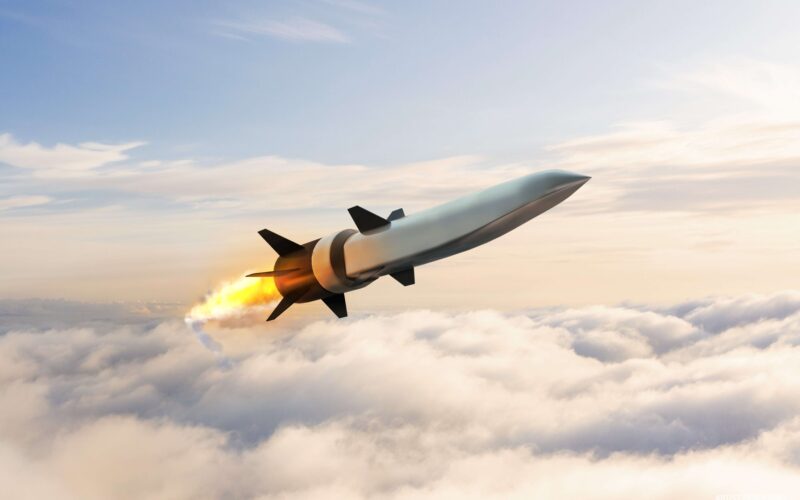Raytheon and Northrop Grumman completed the second flight test of their scramjet-powered HAWC hypersonic weapon.
The HAWC was released from a carrier aircraft (most likely a B-52H strategic bomber) before making use of its scramjet engine to reach speeds greater than Mach 5 (over 6,000 kilometers per hour) for more than 300 nautical miles and reaching altitudes higher than 60,000 feet.
It then followed a planned trajectory designed to evaluate the performance of the weapon and test its limits. The test met all its objectives, according to the manufacturers.
“This most recent test allowed exploration of more of the flight and scramjet engine operating envelopes,” said Andrew “Tippy” Knoedler, HAWC program manager in DARPA’s Tactical Technology Office.
The HAWC is a joint program of the Defense Advanced Research Projects Agency (DARPA) and the United States Air Force. Two manufacturers, Lockheed Martin and Raytheon, are currently competing on the project. Northrop Grumman supplies Raytheon with scramjet engines, while Lockheed Martin relies on the rocket manufacturer Aerojet Rocketdyne.
“Air-breathing vehicles use air captured from the atmosphere to achieve sustained propulsion,” DARPA explains. “The speed and maneuverability of such hypersonic cruise missiles allow both evasion of defenses and quick strikes.”
The maiden flight of Raytheon’s HAWC took place on September 27, 2021. Lockheed flew its own version on April 5, 2022.
Hypersonic technology has become a priority of the United States military with the emergence of similar weapons in the arsenals of other world powers, such as Russia and China.
The HAWC is one of the two USAF programs currently developing a hypersonic platform. The other, called ARRW (for Air-launched Rapid Response Weapon), is a boost glide weapon, meaning that once the booster helps the warhead to reach its cruise speed, the warhead detaches and starts maneuvering towards the target, avoiding countermeasures. On July 12, 2022, the USAF completed the second free flight of the weapon, clearing it for operational testing later in the year.

